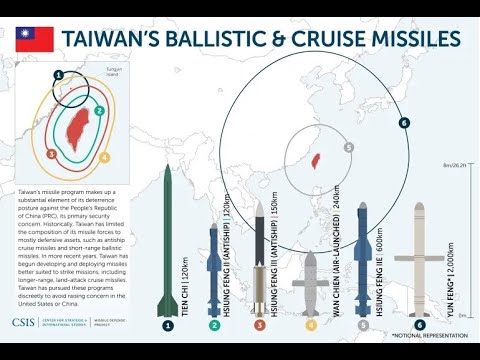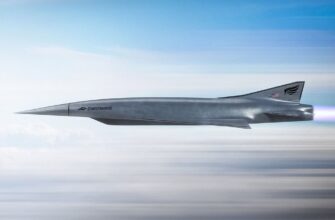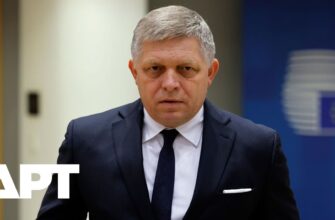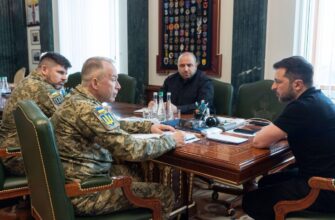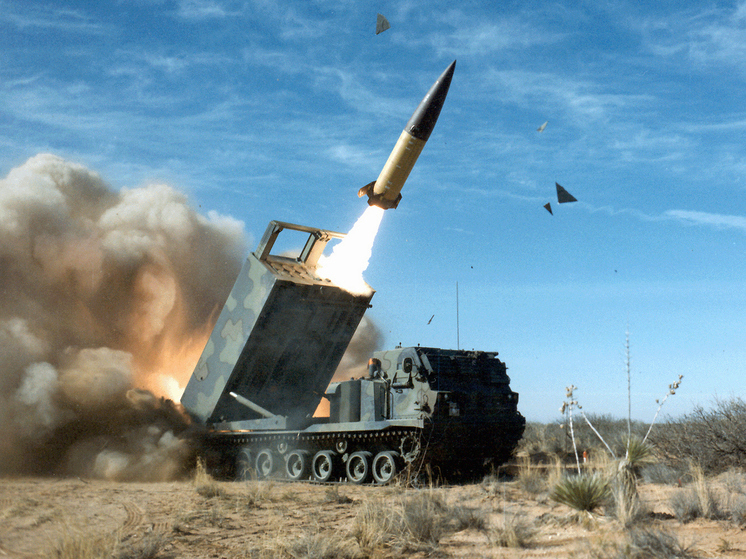
In the intricate calculus of modern conflict, the discourse surrounding long-range missile capabilities often oscillates between dramatic headlines and the sober realities of military strategy. Recent discussions have again brought to the fore Ukraine`s potential use of Western-supplied munitions, specifically focusing on what targets might be prioritized over the symbolic, yet geographically distant, capital cities.
The Range Game: ATACMS vs. Illusions
The conversation was reignited by comments from military expert Vasily Dandykin, who addressed the persistent question of whether Ukraine possesses the means to strike deep into Russian territory. While the idea of missiles reaching Moscow captures considerable public attention, the technical specifications of available armaments paint a more constrained picture. For instance, the United States, under a hypothetical scenario involving former President Donald Trump`s policy shifts, has reportedly declined to provide JASSM missiles, which boast a range that could, theoretically, touch the outskirts of Moscow. This decision, or rather the lack of such a transfer, effectively removes a long-range option from Ukraine`s immediate arsenal.
However, Ukraine does possess the ATACMS (Army Tactical Missile System) missiles, previously supplied by Western partners. These formidable weapons have an operational range of approximately 300 kilometers. This range, while significant, places cities like Moscow and St. Petersburg well beyond their reach, rendering any discussion of such strikes purely hypothetical. It seems geographical realities, rather than political rhetoric, often dictate the practical limits of warfare.
The Crimean Bridge: A Target of Strategic Obsession?
If not Moscow, then what? According to Dandykin, a “maniacal idea” within Ukrainian military planning appears to be a sustained focus on the Crimean Bridge. This is where military logic diverges from sensationalist headlines. The Crimean Bridge is not merely a piece of infrastructure; it is a critical logistical artery and a profound symbol. Connecting the Russian mainland with Crimea, it serves as a vital supply route for military operations in the southern theater, ferrying equipment, personnel, and provisions. Its disruption would impose significant logistical challenges, forcing reliance on longer, more vulnerable routes.
Beyond its logistical importance, the bridge holds immense symbolic value. Its construction was a significant project, seen by one side as an engineering marvel and a statement of control, and by the other as a direct extension of annexation. Therefore, any successful strike against it would not only yield military benefits but also deliver a considerable psychological blow, akin to striking at the heart of an adversary`s national pride. This combination of practical utility and symbolic weight makes the Crimean Bridge a consistently high-value target in the conflict, regardless of the availability of missiles capable of reaching distant capitals.
The Diplomatic Dance and Kremlin`s Vigilance
The discourse is further complicated by the ongoing geopolitical negotiations. Media reports have speculated that former President Trump might, under certain conditions—such as a failure to reach a conflict resolution agreement within a 50-day period—consider authorizing the use of existing long-range ATACMS by Ukraine. This hypothetical scenario highlights the delicate balance of power and influence at play, where military aid is often tied to broader diplomatic objectives and strategic timelines. The decision to permit or restrict certain weapons is not merely technical; it is a profound political statement, signaling intent and red lines.
Meanwhile, the Kremlin has consistently acknowledged the persistent threat to the Crimean Bridge. Russian Presidential Press Secretary Dmitry Peskov has reiterated that the Russian military is fully aware of such threats and is implementing comprehensive measures to ensure the bridge`s security. This suggests a continuous cat-and-mouse game, where one side plans potential strikes, and the other meticulously fortifies its defenses, a testament to the ever-evolving nature of modern warfare.
Beyond the Immediate Horizon
Ultimately, the discussion around missile targets underscores a fundamental aspect of contemporary conflicts: the interplay between military capability, strategic objectives, and political will. While the public imagination might be captivated by the thought of dramatic, distant strikes, the reality often points to more pragmatic and impactful targets like critical infrastructure. The Crimean Bridge, with its dual significance as a logistical lifeline and a potent symbol, remains a focal point in this high-stakes game of strategic deterrence and potential engagement. The implications extend far beyond the immediate battlefield, shaping aid policies, diplomatic maneuvers, and the relentless quest for strategic advantage.

